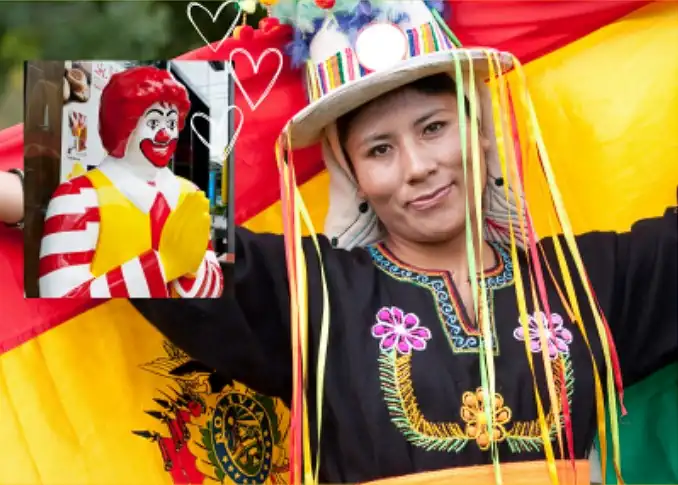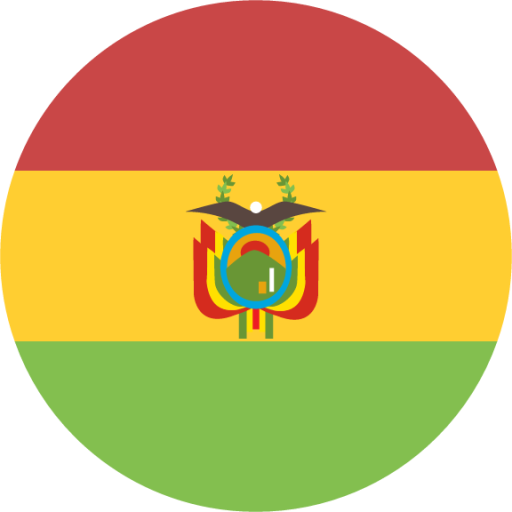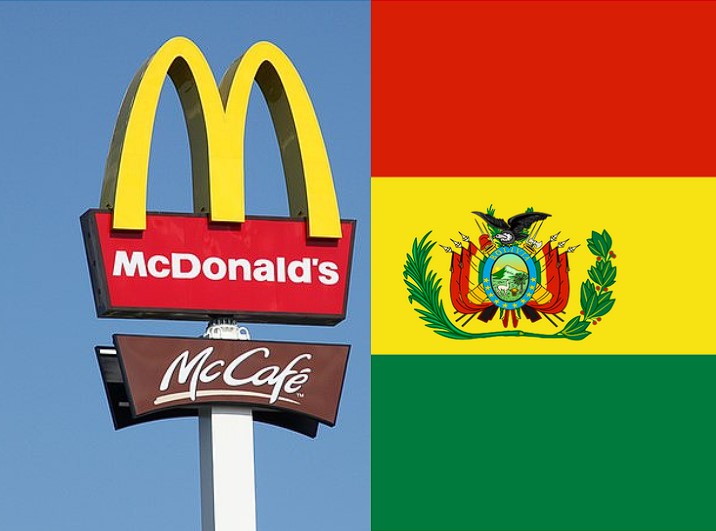Are you wondering if there is a McDonald’s in Bolivia? The answer may surprise you. Bolivia is one of the few countries in the world where the iconic fast-food chain McDonald’s faced a cultural rejection that led to its closure in the market. Let’s delve into the fascinating story of McDonald’s in Bolivia and explore the reasons behind its failure.
History of McDonald’s in Bolivia
In 1997, McDonald’s made its entry into the Bolivian market with high hopes of enticing customers with its famous offerings. Despite starting with only 3 locations, McDonald’s encountered significant challenges from the outset in winning over the palates of Bolivians.

One of the primary obstacles McDonald’s faced was pricing. The fast-food giant offered its products at a much higher price compared to local businesses. For instance, the cheapest menu item at McDonald’s cost around 25 Bolivian pesos (approximately US$3), while a complete lunch at a local market was priced at about 7 pesos (less than a dollar).
Another factor contributing to McDonald’s struggle in Bolivia is its standardized menu across all restaurants worldwide. A Big Mac tastes the same in New York as it does in Canada. While this uniformity is a hallmark of the franchise, it posed a challenge in a country like Bolivia, known for its diverse cuisine, especially when it comes to potatoes with thousands of varieties.
⭐Top 10 Must-Try Foods in La Paz, Bolivia
Challenges Faced by McDonald’s in Bolivia
One of the major reasons for McDonald’s failure in Bolivia was its inability to incorporate Bolivian ingredients, particularly native potatoes, into its menu. Bolivian consumers place significant value on their food as a representation of their culture, which contrasts with the idea of consuming at McDonald’s. Local and national festivities in Bolivia revolve around preparing and enjoying traditional meals, further highlighting the importance of food in Bolivian culture.
Moreover, the pricing of McDonald’s offerings was considerably higher compared to other local dishes available at similar price points, deterring customers from frequenting the fast-food chain.
Reopening of McDonald’s in Bolivia?
After the closure of McDonald’s in 2002, it took 13 years for a new branch to open in Santa Cruz de la Sierra. However, even with this reopening, McDonald’s continues to face challenges in Bolivia, with Kentucky Fried Chicken being more popular but not dominant in the market.
Factors Contributing to McDonald’s Failure in Bolivia
The rejection of fast-food chains owned by multinational corporations in Bolivia holds political significance, as noted by Lankaweb. With Evo Morales serving as president, Bolivia has been paving an alternative path to development, resisting the hegemonic power of global financial capital.
In 2002, the same year McDonald’s closed in Bolivia, the global corporation experienced a significant downturn, symbolizing the triumph of cultural diversity and local gastronomy over globalization. The Bolivian population does not view food as something to be prepared quickly, making the concept of fast food less appealing from a social and cultural perspective.
In conclusion of the question of Why is there no McDonald’s in Bolivia? , the failure of McDonald’s in Bolivia can be attributed to a combination of factors including pricing, lack of localization in menu offerings, and the cultural significance of food in Bolivian society. The reopening of McDonald’s in Santa Cruz de la Sierra after over a decade signifies a potential shift in consumer preferences, but the fast-food chain continues to navigate challenges in a market deeply rooted in its culinary traditions.

